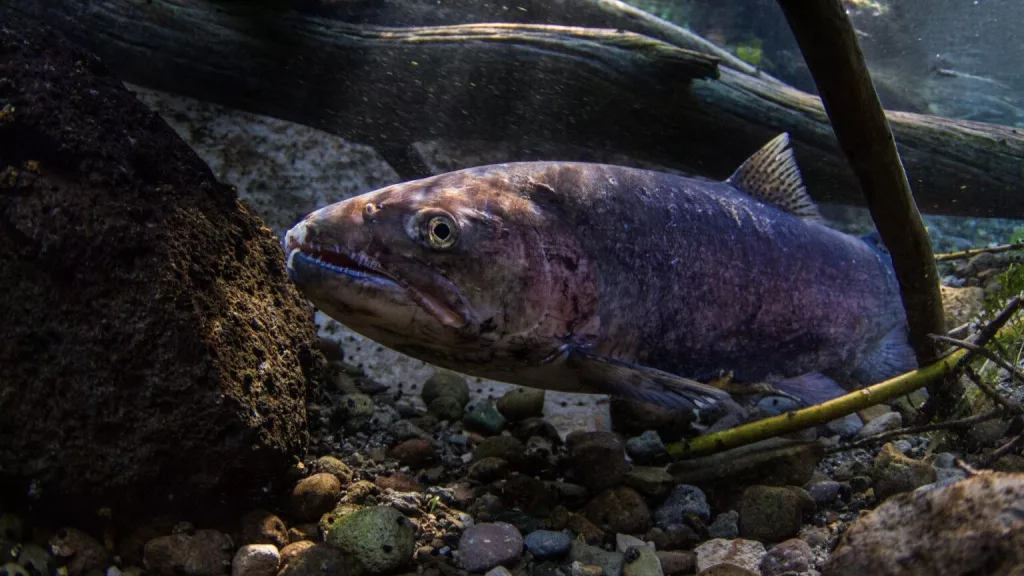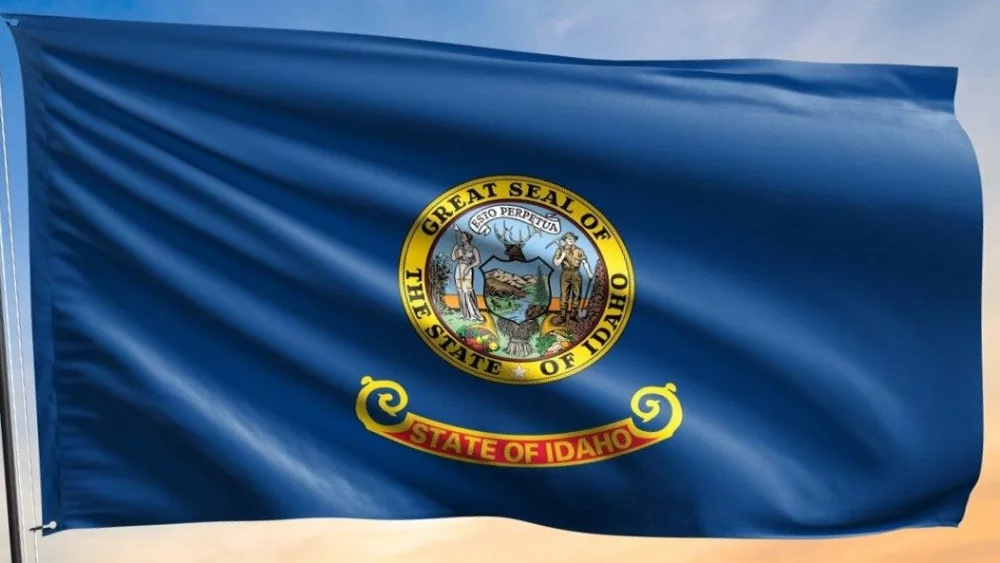CORVALLIS, OR – Some already threatened cold-water fish species in the Northwest will not only face shrinking habitat from climate change but will face growing pressure from invasive fish species fleeing their own warming and dwindling waters, according to modeling from researchers at Oregon State University.
The findings were part of a study published in the journal Global Change Biology by fisheries professor Guillermo Giannico, associate fisheries professor Ivan Arismendi and graduate student Arif Jan. The three found that climate change is likely to compel all kinds of species migration that could lead to increased predation, competition and some localized extinctions of once native species in the Northwest and globally.
Giannico said their models can be run on most species in the world. But for their recent study, the three zeroed in on the northern migration of non-native smallmouth bass and northern pike into threatened and endangered native redband and bull trout habitat in the Northwest. All four of the species are likely to lose habitat as climate change accelerates and are likely to seek homes in colder water at higher elevations.
They created maps using ecological data that indicate the breadth of territory where each species lives and then modeled the impact of changing conditions such as higher temperatures and drought projected through 2070 to see how that would influence the range of all four species’ movement and overlap.
“We forecast how these species would respond to those changing conditions by disappearing from certain regions that will be too warm for them, and appearing in others that maybe today are too cold, but they would be more suitable in the future,” Giannico said. “Because not all shifts are equal, there will be areas where they will be more crowded together, and they would overlap more, and areas where they wouldn’t overlap that much.”
Of great concern is the migration of aggressive and predatory northern pike into redband and bull trout territory, and the increasing likelihood the two will overlap more frequently.
“They all shift, but they end up shifting in a way that the amount of overlap in their distribution is going to be greater,” Giannico explained. “It’s like you have less room to avoid nasty people at the party, and you end up being cornered in the same part of the room with the same people you don’t enjoy, and you’re all packed in the wrong place with the wrong companion.”
Giannico said researchers have long separately studied how climate change will compel the migration of some species and how native species respond to the introduction of invasive species. The modeling done by the Oregon State scientists is an effort to combine the two, and to show how species’ habitats will overlap as climate change compels both native and nonnative species in an area to migrate and cohabitate.
The researchers fear that this increased negative interaction could lead to local extinctions of some native salmonids, similar to those occurring among shrinking populations of bull and rainbow trout from invasive species in southeastern Alaska, Giannico said.
This story first appeared on Idaho Capital Sun.





